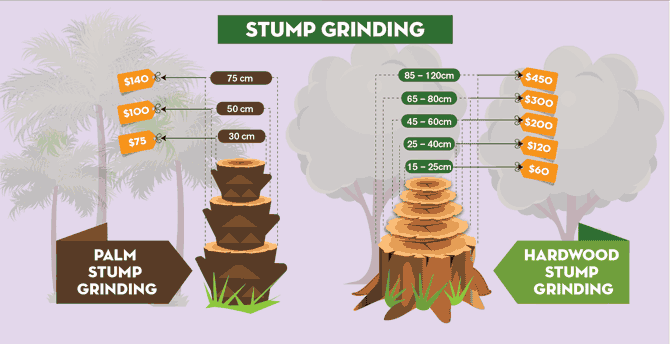Seasonal Tree Upkeep: What Is The Ideal Time For Tree Removal?
Seasonal Tree Upkeep: What Is The Ideal Time For Tree Removal?
Blog Article
Post By-Walls Moses
When considering the very best time to remove trees from your residential property, a crucial balance has to be struck between tree health and wellness concerns. Think about the potential threats postured by unpredictable or rotting trees, and how their elimination can alleviate these dangers. But when specifically is the optimum minute to undertake this job? Keep tuned to discover the seasonal nuances that can influence your decision and guarantee the health of your trees and surroundings.
Optimum Timing for Tree Elimination
When it comes to picking the perfect timing for tree removal, it's essential to take into consideration elements such as the wellness of the tree, security concerns, and ecological laws. Analyzing the tree's total wellness is important to figure out if elimination is necessary. Dead or unhealthy trees pose threats and ought to be removed promptly to prevent crashes or home damages.
Security worries, such as closeness to structures, power lines, or roadways, likewise play a significant role in determining the very best time for removal. Abiding by ecological policies is essential to make certain that the removal process is carried out sensibly and legitimately.
Taking into consideration these factors, the ideal timing for tree removal might differ. Typically, it's recommended to get rid of trees during the inactive period, generally in late loss or wintertime. During this moment, trees aren't proactively expanding, making elimination less stressful for the tree. Additionally, with fewer leaves, it's much easier for arborists to examine the tree's structure and securely carry out the elimination process.
Seasonal Variables to Consider
To guarantee successful tree treatment methods, it's essential to take into consideration the seasonal elements that can influence the health and wellness and growth of your trees. Recognizing these seasonal variations can assist you plan your tree care activities successfully.
In spring, trees concentrate on brand-new development and budding. This is an excellent time for trimming to form the tree and eliminate dead branches.
Summer season brings hot weather, requiring proper watering to maintain trees moisturized.
Fall is when trees begin preparing for inactivity, making it a great time for deep origin fertilization to sustain their root systems.
Winter season, with its cold temperatures, is a duration of dormancy for most trees, making it a convenience for tree elimination or major pruning.
Impact on Tree Health And Wellness and Landscape
Thinking about the seasonal aspects that influence your trees is vital for their overall health and the appearance of your landscape. Appropriate tree treatment throughout the year can dramatically impact their wellness and the aesthetic appeal of your outdoor space.
For instance, trimming during the inactive winter months can promote healthy growth in the spring, while removing dead or diseased branches in the loss can protect against possible hazards throughout winter months storms. Furthermore, checking your trees for signs of bugs and diseases during the ideal seasons can help keep their vitality and prevent prevalent problems.
Furthermore, the problem of your trees directly affects the overall landscape design. Trees that are properly maintained and healthy can improve the elegance and worth of your residential or commercial property, while neglected or damaged trees may diminish the aesthetic allure of your outside setting.
Get the facts
Keep in mind, the best time to remove trees is during the dormant period to reduce tension on the tree and ensure its health and wellness. Consider the seasonal variables and prospective risks before scheduling tree removal. By prioritizing liable tree care and maintenance, you can keep a safe and visually pleasing landscape for several years to find.
